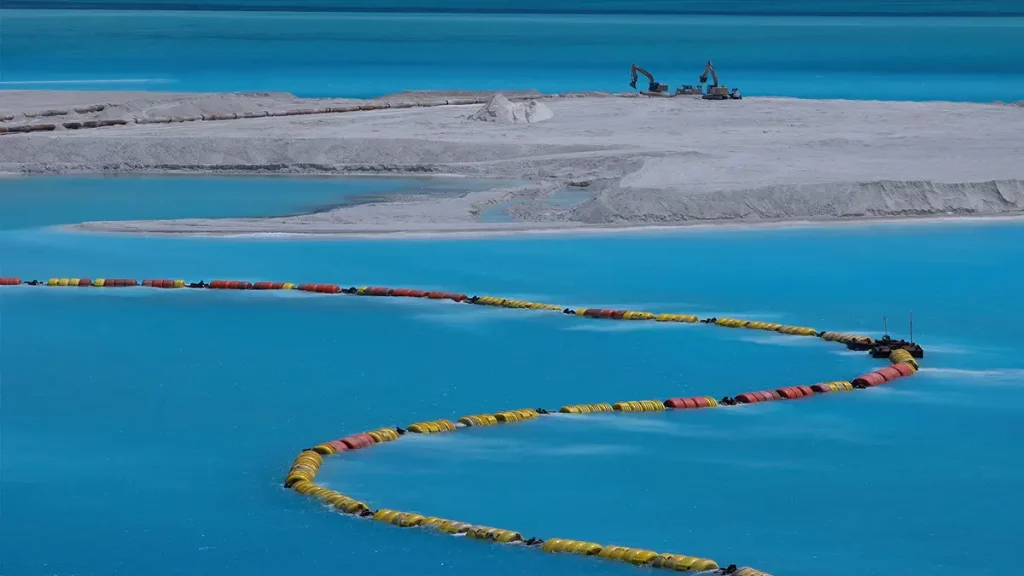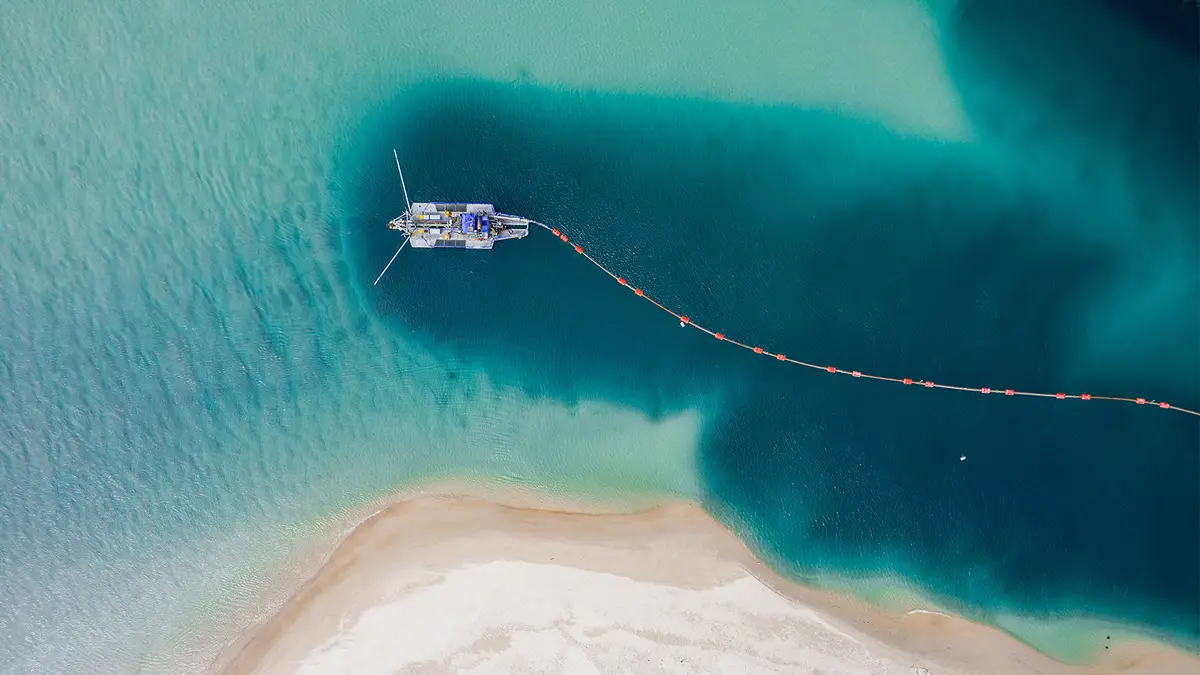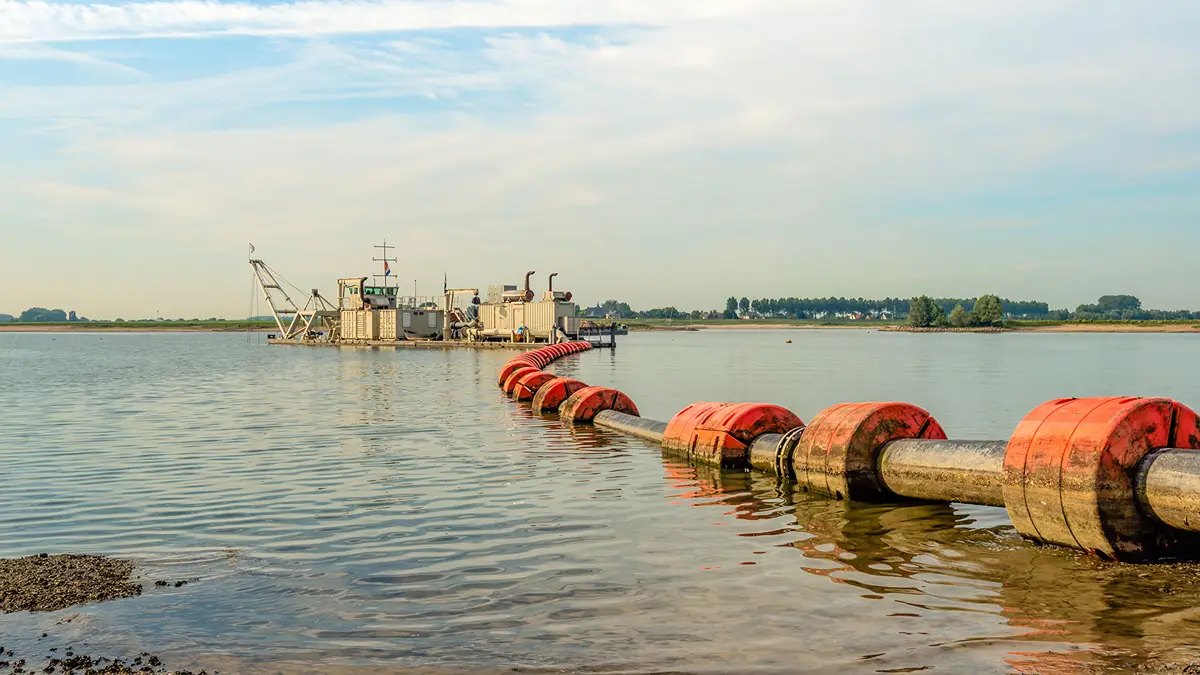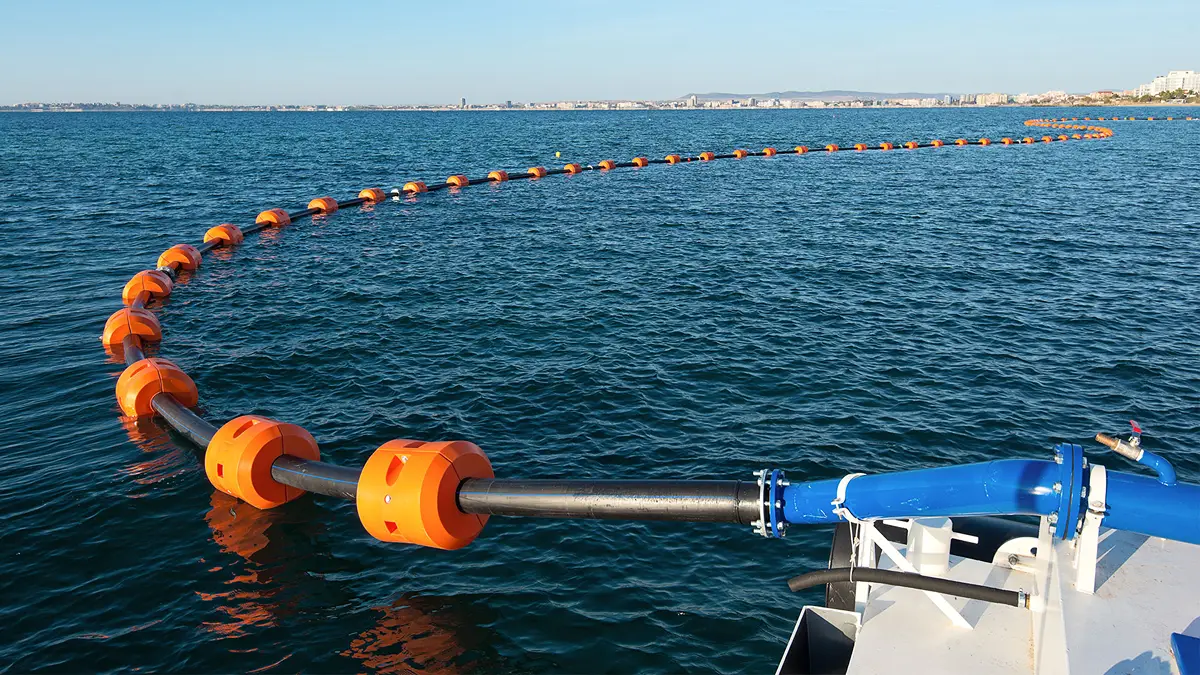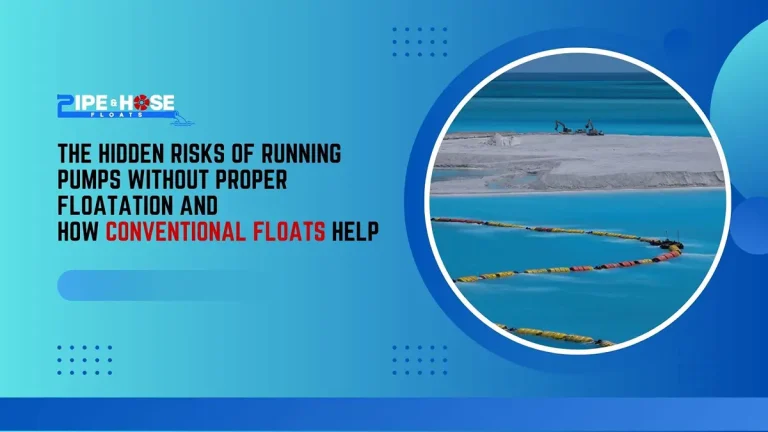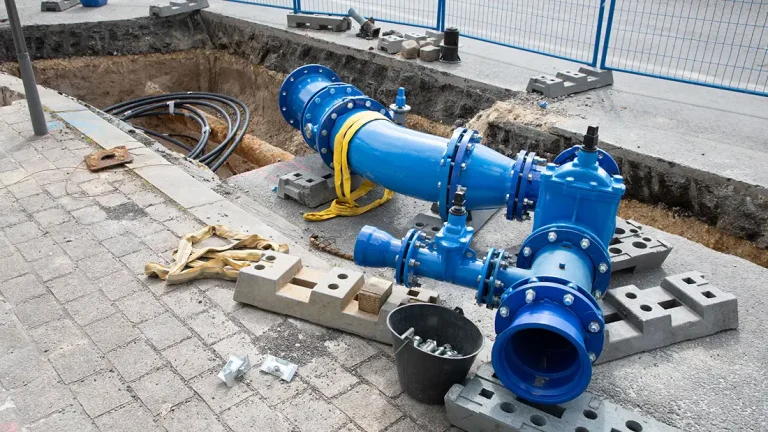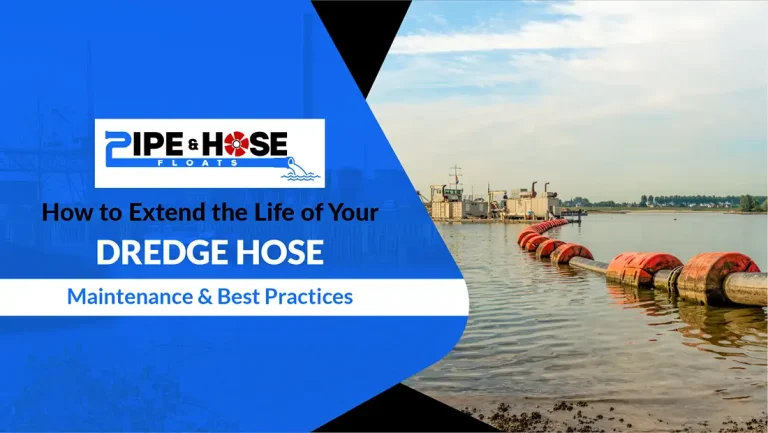Introduction
In the realm of heavy-duty operations—whether in mining, dredging, firefighting, or oil and gas—stability and operational efficiency are non-negotiable. Among the unsung heroes of these demanding sectors are industrial floats. Though often overlooked, these buoyant structures are central to the safe and efficient management of floating systems such as pipelines, cables, pumps, and machinery. As industries continue pushing boundaries into remote and challenging environments, the need for dependable floatation systems has become more pronounced than ever.
In this article, we will explore the critical role of industrial floats, focusing on their construction, applications, and unmatched contribution to stability, reliability, and performance across heavy-duty sectors.
What Are Industrial Floats?
They are specially designed buoyant structures used to support or elevate equipment, pipes, hoses, and platforms in various industrial settings. They are most often deployed in aquatic or semi-aquatic environments where floating infrastructure is necessary to transport fluids, manage cables, or support systems across bodies of water.
These floats are typically manufactured using durable materials like high-density polyethylene (HDPE), which provides resistance to corrosion, UV rays, and chemicals, ensuring longevity even in the harshest conditions. Some models also feature foam filling, which enhances buoyancy and prevents water ingress even if the exterior is punctured.
The Most Common Types of Industrial Floats
In heavy-duty environments, different applications call for specific types of industrial floats designed to offer targeted support and stability. Among the most commonly used are pipe floats, industrial water floats, and cable floats, each serving a critical function in industrial operations.
Pipe Floats
They are engineered to support pipelines across bodies of water or uneven terrain. These floats are particularly vital in dredging and mining operations where slurry pipelines need to remain afloat to ensure uninterrupted material transport. With their high buoyancy and robust construction, they prevent pipelines from sagging, dragging, or becoming damaged due to water currents or ground irregularities.
Industrial Water Floats
They are versatile, multipurpose solutions used to support pumps, hoses, and floating platforms. These floats are commonly deployed in firefighting, irrigation, wastewater treatment, and emergency response operations. Their ability to withstand corrosive environments and provide consistent support in turbulent water conditions makes them indispensable in demanding applications.
Cable Floats
Cable floats, while slightly less robust, play a crucial role in elevating and organizing electrical or communication lines in aquatic environments. These industrial floats ensure that cables remain visible, untangled, and protected from submersion or abrasion.
The modular design of modern floats allows for easy installation and maintenance, making them an invaluable asset in field operations.
Heavy-Duty Applications That Rely on Industrial Floats
They are foundational across several heavy-duty sectors. Let’s look at the primary industries where they play a pivotal role.
1. Dredging and Marine Construction
In dredging operations, maintaining pipeline alignment over water surfaces is essential. Pipe floats are employed to elevate discharge pipelines above water, preventing them from sinking and sustaining damage. Their modularity ensures pipelines can be rapidly installed or adjusted based on the project scope.
2. Mining and Slurry Management
Mines rely on industrial water floats to support pipelines transporting abrasive slurry. Without floats, these heavy pipelines would drag across uneven terrain or sink into settling ponds, causing abrasion, leakage, or costly shutdowns.
3. Firefighting and Emergency Response
Portable firefighting systems often operate in remote areas with limited access to water. In such scenarios, industrial water floats are used to suspend suction hoses or pumps in lakes and reservoirs, ensuring that systems remain operational without clogging from debris or sediments.
4. Oil and Gas
Floating structures are critical for deploying fuel and fluid transport lines. Industrial floats not only support pipelines but also organize cable lines and sensors essential to offshore operations.
5. Wastewater and Irrigation Systems
In large-scale wastewater treatment plants, floats are used to stabilize hoses and equipment. Industrial water floats also aid in irrigation applications by supporting pump systems and feeder lines in agricultural ponds and canals.
Each of these sectors demands equipment that is dependable under pressure. That’s where industrial floats excel.
The Importance of Stability in Harsh Conditions
One of the most crucial functions of industrial floats is providing stability in unpredictable environments. Be it rough sea conditions, high-flow rivers, or sediment-heavy mine pits, floating structures must maintain their position and shape to keep operations running smoothly.
High-quality floats are designed with:
- Hydrodynamic shapes to reduce drag
- Reinforced walls for structural integrity
- Secure clamps and bolts for safe pipeline anchoring
Without this stability, pipelines could kink, pumps could be misaligned, and cables might be pulled apart. Pipe floats, in particular, are critical in maintaining alignment and elevation for long stretches of pipeline over water bodies. Any compromise in their positioning could lead to system failures or environmental hazards.
Moreover, modern industrial water floats are built to withstand vibrations, shifting water levels, and tidal movements. Their robust anchoring and smart buoyancy systems ensure that equipment remains level and functional throughout the project duration.
Reliability & Durability of Industrial Floats
Reliability is another cornerstone of industrial floats, especially in sectors where failure is not an option. Whether it’s firefighting during a forest blaze or maintaining a slurry line in a 24/7 mining operation, downtime is both dangerous and expensive.
Here’s why industrial floats are considered exceptionally reliable:
1. Resistance to Environmental Stress
Manufactured using UV-stabilized polymers, industrial water floats are designed to resist long-term exposure to sunlight and weathering. This is crucial in desert or equatorial zones where temperatures and sunlight intensity can degrade conventional materials quickly.
2. Chemical and Corrosion Resistance
In oil & gas or chemical plants, floats often come into contact with corrosive substances. HDPE-based pipe floats are resistant to a wide range of chemicals, maintaining integrity and preventing contamination or leakage.
3. Foam-Filled for Extra Protection
Many industrial floats are filled with polyurethane foam, making them nearly unsinkable even if the outer shell is compromised. This extra layer of protection ensures continuous support in harsh conditions.
4. Minimal Maintenance Needs
Unlike metal-based solutions that require regular anti-corrosion treatment, industrial water floats demand minimal upkeep. Their durable nature reduces the frequency of inspections and replacements, saving costs in the long run.
Enhancing Performance Through Float Technology
Modern engineering has significantly advanced the capabilities of floating devices, transforming them from simple buoyant tools into high-performance assets for industrial applications. The evolution of industrial floats continues to emphasize innovation that drives usability, modularity, and performance, leading to more efficient and reliable systems across various industries.
1. Smart Integration
One of the most notable advancements in industrial water floats is their integration with smart technology. Many of these advanced floats now feature built-in sensors capable of providing real-time data on key variables such as tilt, water levels, and even GPS location. These innovations add a new layer of automation, making it easier for operators to monitor and control floating systems remotely. Such smart integration not only increases operational efficiency but also enhances safety by alerting operators to potential risks such as system malfunctions or environmental changes.
2. Modular Designs
The modular design of modern industrial floats offers exceptional flexibility. For instance, modular pipe floats allow for easy extension or adjustment of floating systems, which is crucial when dealing with longer pipelines or when accommodating heavier equipment. This adaptability improves the overall performance of the system under different conditions, allowing operators to quickly modify the setup to meet specific operational requirements. The modularity also reduces downtime and increases the longevity of the system by enabling easy repairs or upgrades.
3. Streamlined Hydrodynamics
Another significant development is in the hydrodynamic properties of industrial floats. The design and shape of modern floats have been optimized to reduce drag and water resistance, which directly influences pipeline behavior. With these streamlined designs, the floats glide through the water more efficiently, reducing strain on the connected equipment and maintaining a consistent flow rate. This innovation contributes to better overall performance, especially in demanding environments such as large-scale pipeline installations or firefighting operations.
4. Safety and Load-Bearing Enhancements
Industrial floats are also being reinforced to bear heavier loads while maintaining buoyancy. This enhancement is crucial in applications like firefighting, where industrial water floats are responsible for supporting not only hoses but also mobile pump units. The improved load-bearing capacity ensures that these floats can handle the stresses of such heavy-duty tasks without compromising their performance. The added strength and durability contribute to the overall safety and effectiveness of the equipment, making it more reliable during critical operations.
Selecting the Right Industrial Float for the Job
Not all industrial floats are created equal, and selecting the right one can significantly impact the success, safety, and longevity of your project. Heavy-duty operations often occur in highly variable environments, and choosing a floatation system without considering the exact application risks poor performance or even equipment failure. The ideal float solution must match the specific functional demands of the operation while withstanding environmental stressors and load variations.
Below are key factors to evaluate when selecting between pipe floats, industrial water floats, and other support systems.
Application Type
The first and most critical consideration is understanding the application’s purpose. Are you suspending a slurry pipeline in a mining operation, managing hoses in a firefighting setup, or supporting a pump system in a lake or reservoir?
- Pipe floats are ideal for supporting HDPE or steel pipelines that carry slurry, water, or chemicals over long distances, especially in dredging or mining.
- Industrial water floats work best for floating pumps, suction hoses, and mobile firefighting equipment.
- Cable floats or specialized floatation supports are used where cable management is critical, such as in offshore drilling or industrial irrigation systems.
Matching the float type to the core function ensures operational efficiency and safety.
Load Requirements
One of the primary roles of any industrial float is to provide buoyancy that matches the weight of the supported component. Misjudging the load capacity can lead to system instability, submersion, or equipment stress.
- For pipelines carrying high-density materials, pipe floats must be robust and evenly spaced to distribute weight.
- In pump systems, industrial water floats should account not just for the equipment weight, but also for the dynamic force created by suction and discharge pressure.
Manufacturers usually provide load ratings, so matching those with your system’s actual weight is essential.
Environmental Conditions
Industrial floats are often deployed in extreme environments—saltwater lagoons, freshwater reservoirs, hot climates, or cold mountainous regions. Each of these settings places different demands on the float’s material.
- UV resistance is essential in sunny, open-air conditions to prevent degradation.
- Corrosion resistance becomes vital in saltwater or chemically aggressive waters.
- Industrial water floats must remain stable despite constant exposure to changing water temperatures, rain, and wind.
Choosing floats made from HDPE or UV-stabilized polymer can significantly enhance lifespan and reduce maintenance needs.
Movement and Flexibility
Does your setup need to remain stationary, or will it move with tides, shifting water levels, or mobile operations?
- In static setups like treatment ponds or mining sumps, floats can be securely anchored.
- In firefighting and flood response, industrial water floats must be lightweight, portable, and easily adjustable.
- Systems deployed in tidal zones may require floats with flexible connections to allow movement without stress fractures.
Mobility requirements directly influence the design and type of float connectors, fittings, and assembly.
Float Type Needed
Ultimately, your decision comes down to choosing the right float for your specific need:
- Pipe floats are best for long-distance pipe support across water or rugged terrain.
- Industrial water floats provide buoyant support for pumps, hoses, and firefighting equipment in variable conditions.
- Cable support floats or smaller modular systems serve lighter applications but are essential in maintaining cable elevation and integrity.
By considering all these factors, application type, load, environment, flexibility, and float type, you ensure the use of the most effective and reliable industrial float for your job. Making the right choice enhances safety, reduces wear and tear, and guarantees performance even in the harshest industrial settings.
Common Challenges and How Industrial Floats Overcome Them
Even the most rugged environments pose unique challenges, but industrial floats are engineered to tackle them head-on.
1. Turbulent Waters
Fast-moving water can dislodge pipelines or disorient pumps. Floats with deep anchors and foam cores ensure minimal movement.
2. Floating Debris
Protective mesh or reinforced caps on industrial water floats prevent damage from sticks, rocks, or refuse.
3. Weight Distribution
In large-scale firefighting or irrigation, uneven load can tilt systems. Modular pipe floats distribute weight evenly across spans.
4. Environmental Regulations
Many regions mandate eco-safe operations. Non-toxic, recyclable industrial floats align with global sustainability standards.
By proactively addressing these challenges, industrial floats become more than just accessories—they’re strategic enablers.
Conclusion
In today’s increasingly complex and demanding industrial landscape, industrial floats have become indispensable. Whether used in firefighting, mining, oil transport, or dredging, they offer unmatched stability, durability, and performance. From simple buoyancy aids to sophisticated support systems, these floats help maintain operational continuity while protecting equipment and ensuring safety.
With innovations like foam-filling, modularity, and smart sensors, industrial water floats are not only meeting the demands of today but are also prepared for the challenges of tomorrow. They are proof that even the most unassuming components can have a transformative impact when engineered with precision and purpose.
If you’re in a sector that deals with floating systems—whether it’s pipelines, hoses, or equipment—it’s time to consider upgrading to high-performance industrial floats. Choose wisely, and you’re investing not just in flotation but in long-term operational excellence.

